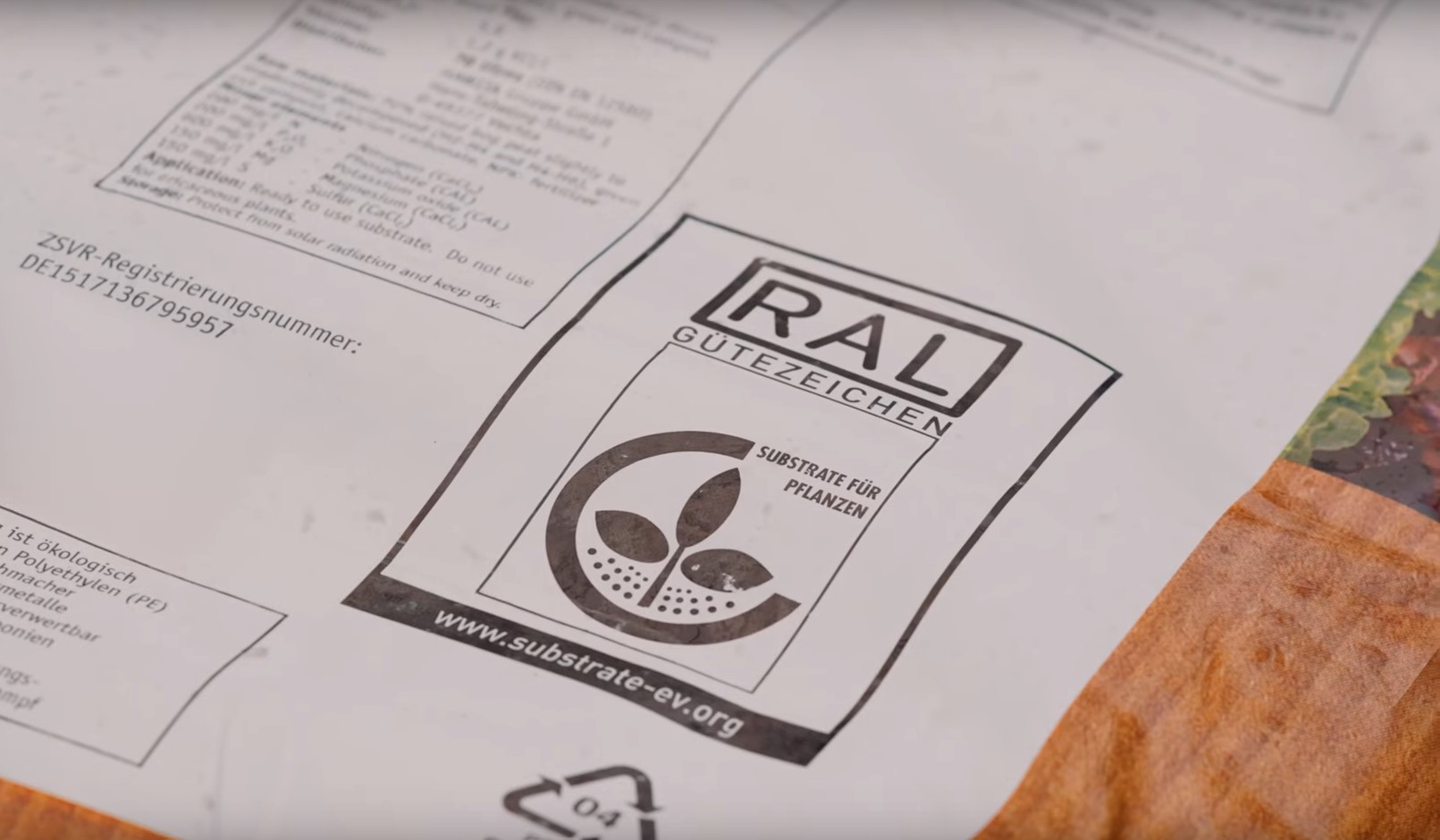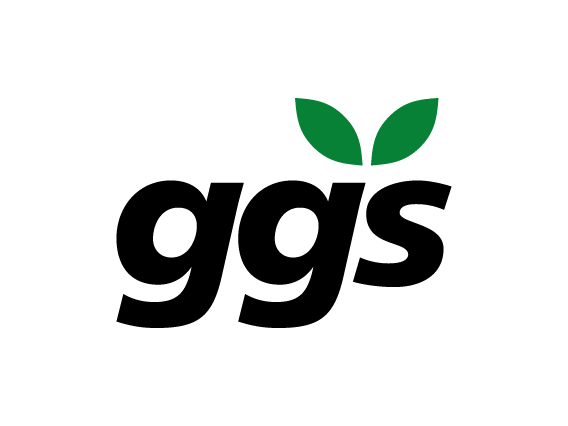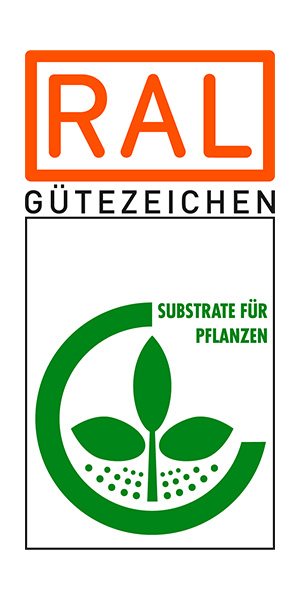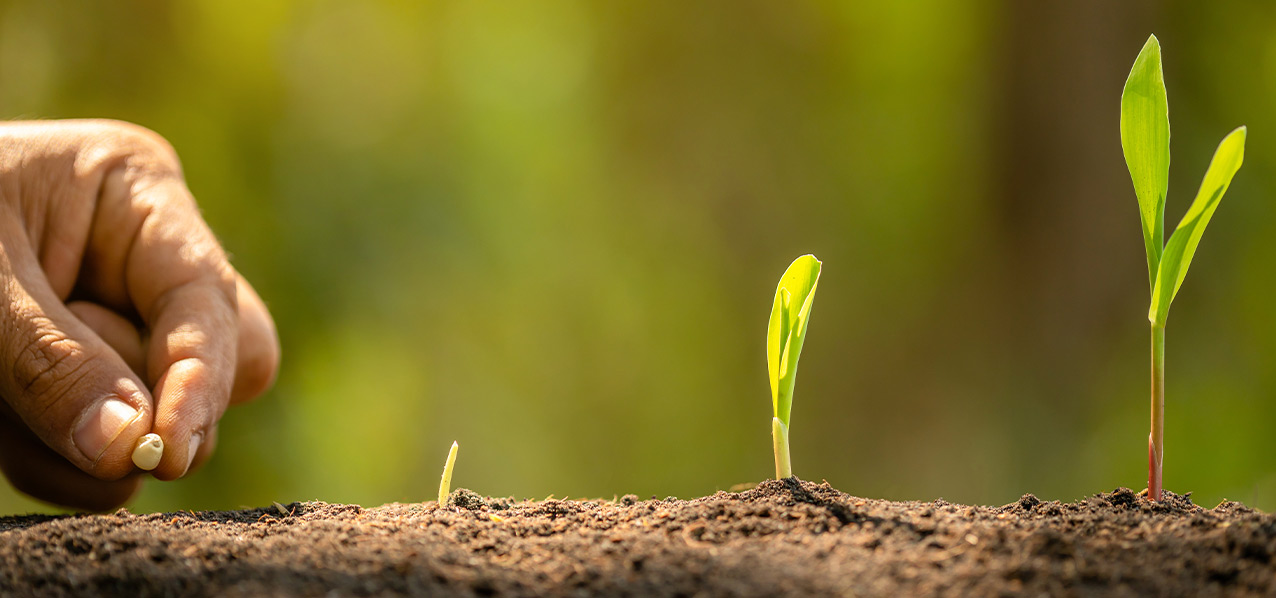

Benefits of the RAL Quality Assurance for Substrates for Plants – for Producers, Traders, and Contracting Authorities
RAL quality assurance programme for substrates: independent inspections, transparent criteria and reliable quality – for producers, traders, and contracting authorities
Your benefits at a glance
Who Benefits Most from the RAL Quality Mark?
The RAL quality assurance programme makes substrate quality transparent and predictable – from purchase to application. It is particularly valuable to users who require consistent product properties, clear documentation, and reduced complaint rates.
Producers of substrates & soil mixes
Benefits:
- Documented quality and testing regulations → clear specifications
- Neutral inspections and reference samples → quick response to deviations
- Stable processes → reduced risk of product inconsistency or customer complaints
Traders, garden centres & DIY stores
Benefits:
- Product consistency through uniform quality criteria
- Reduced returns due to reproducible product properties
- Simplified incoming goods inspection thanks to clear documentation
Municipalities, contracting authorities & planners
Benefits:
- Legally compliant tendering based on clearly defined quality criteria
- Easy integration of RAL standards and equivalent documentation in specifications
- Efficient implementation monitoring with verifiable criteria
Applications: landscapes, green roofs, tree sites, mulched areas
Benefits:
- Reliable performance (e.g. water retention capacity, structure, grain distribution)
- Consistent batch quality → fewer losses in the plantings
- Verifiable results for acceptance and documentation (e.g. audit certificates)
Commercial growers, plant & tree nurseries
Benefits:
- Reproducible crop performance due to stable substrate parameters
- Reliable inspections from feedstock to growing medium
- Fewer yield and quality risks during the season
Suppliers & feedstock producers
Benefits:
- Clear evidence of feedstock suitability (e.g. wood fibre, coco, peat, bark humus)
- Easy integration into production workflows
- Traceability and clear specifications for customer support
How the RAL Quality Assurance Ensures Long-Term Quality
GGS: Facts About the RAL Quality Assurance for Substrates for Plants
The Gütegemeinschaft Substrate für Pflanzen (GGS) stands for transparent and neutral quality assurance. Clear criteria, independent inspections, and transparent documentation ensure consistent product performance and predictable quality. This means stable processes for producers, reliable products for traders, and legally compliant, verifiable specifications for organisations issuing tenders. All of this makes substrate quality measurable and simplifies decision-making.
44
years of experience
60
producing member companies

FAQs: Frequently Asked Questions About RAL Quality Assurance


Benefits of the RAL Quality Assurance for Substrates for Plants – for Producers, Traders, and Contracting Authorities
RAL quality assurance programme for substrates: independent inspections, transparent criteria and reliable quality – for producers, traders, and contracting authorities
Your benefits at a glance
Who Benefits Most from the RAL Quality Mark?
The RAL quality assurance programme makes substrate quality transparent and predictable – from purchase to application. It is particularly valuable to users who require consistent product properties, clear documentation, and reduced complaint rates.
Producers of substrates & soil mixes
Benefits:
- Documented quality and testing regulations → clear specifications
- Neutral inspections and reference samples → quick response to deviations
- Stable processes → reduced risk of product inconsistency or customer complaints
Traders, garden centres & DIY stores
Benefits:
- Product consistency through uniform quality criteria
- Reduced returns due to reproducible product properties
- Simplified incoming goods inspection thanks to clear documentation
Municipalities, contracting authorities & planners
Benefits:
- Legally compliant tendering based on clearly defined quality criteria
- Easy integration of RAL standards and equivalent documentation in specifications
- Efficient implementation monitoring with verifiable criteria
Applications: landscapes, green roofs, tree sites, mulched areas
Benefits:
- Reliable performance (e.g. water retention capacity, structure, grain distribution)
- Consistent batch quality → fewer losses in the plantings
- Verifiable results for acceptance and documentation (e.g. audit certificates)
Commercial growers, plant & tree nurseries
Benefits:
- Reproducible crop performance due to stable substrate parameters
- Reliable inspections from feedstock to growing medium
- Fewer yield and quality risks during the season
Suppliers & feedstock producers
Benefits:
- Clear evidence of feedstock suitability (e.g. wood fibre, coco, peat, bark humus)
- Easy integration into production workflows
- Traceability and clear specifications for customer support
How the RAL Quality Assurance Ensures Long-Term Quality
GGS: Facts About the RAL Quality Assurance for Substrates for Plants
The Gütegemeinschaft Substrate für Pflanzen (GGS) stands for transparent and neutral quality assurance. Clear criteria, independent inspections, and transparent documentation ensure consistent product performance and predictable quality. This means stable processes for producers, reliable products for traders, and legally compliant, verifiable specifications for organisations issuing tenders. All of this makes substrate quality measurable and simplifies decision-making.
44
years of experience
60
producing member companies




